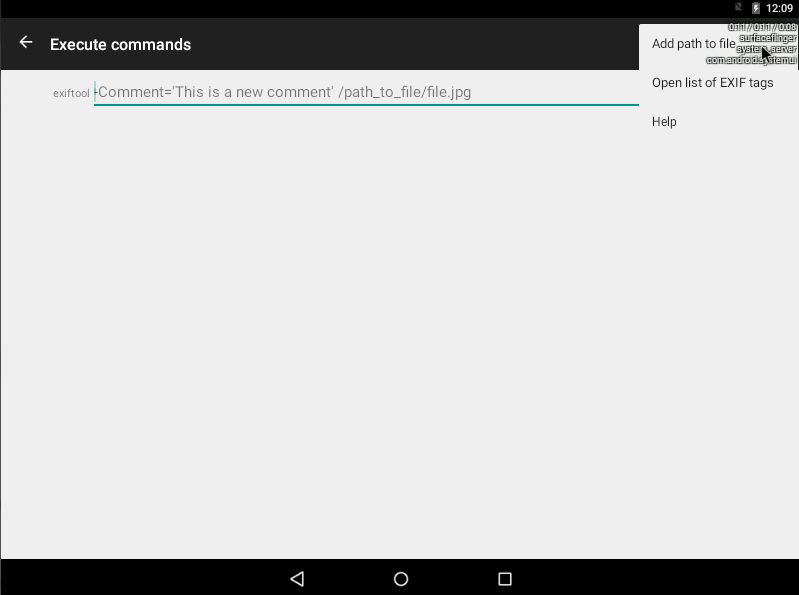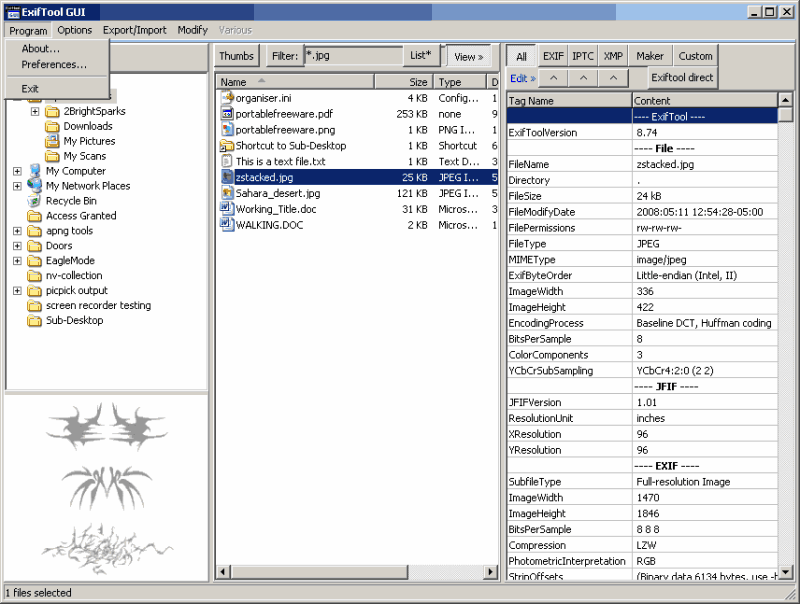

Recursively extract standard meta-information exiftool -r -w. Print standard Canon information from two image files.

sudo apt update & sudo apt upgrade Install ExifTool

If you want to be able to call exiftool by name it MUST be within the path, so Unix can see it. opt/local/bin:/opt/local/sbin:/Users/myUserName/perl5/bin:/usr/local/bin:/usr/bin:/bin:/usr/sbin:/sbin:/opt/X11/bin Mine on the other hand has had several things added to it. Unix systems (and others) use an environment variable ($PATH) to keep track of where to look for executables when they are called by name.Ī basic path might look like this: /usr/bin:/bin:/usr/sbin:/sbin This stuff confuses all shell scripting newbies.


 0 kommentar(er)
0 kommentar(er)
